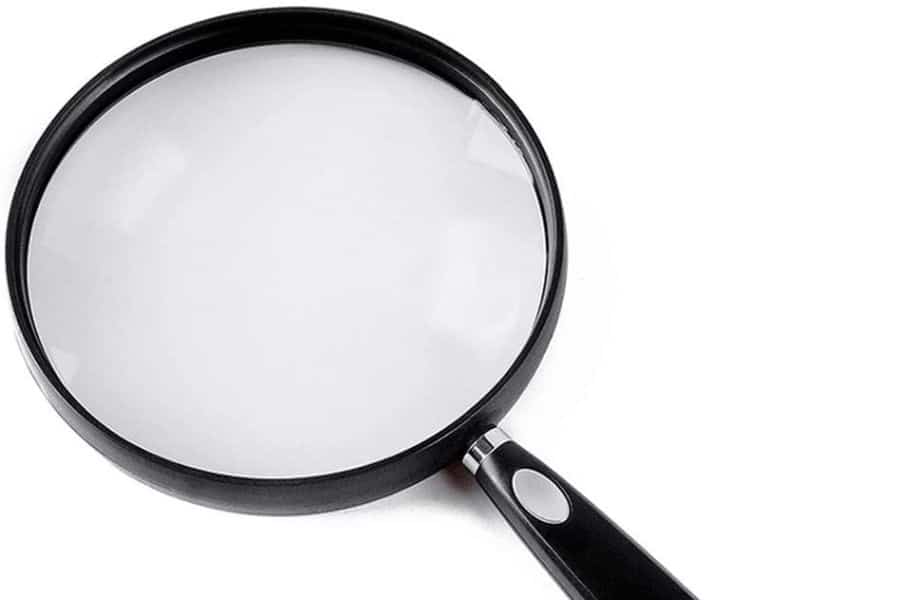Terapeak is an ebay-owned company that provides market sales data that can help sellers identify new sourcing opportunities. Terapeak used to be an independent company until eBay acquired it in December 2017. You can now access Terapeak if you area an anchor store subscriber via the “Research” tab in eBay Seller Hub.
Whether you sell on your own web site, Amazon or eBay directly, Terapeak helps mitigate risk in choosing products to sell by indicating market sales volume.
For example, let’s say I want to sell foam rollers. I would search Terapeak’s research tool for “foam roller” which would show me the sales data for the past 30 days (by default)

Within the sales data we see there are a total # of 965 sellers, selling 3,494 units, worth $100,242.86 in the past 30 days.
You can then browse through the listings and find items with a high # sold.

We can see that the first result has sold 81 units for a total of $1,189.91 over the last 30 days.
Clicking on the title will take you to the eBay listing itself where you can get more details about the product.
Once you’ve established market demand, the next steps would be to:
- Find a source for the product
- Analyze competition
- Do a Pro Forma Analysis
To find a source for the product, you’ll want to determine if the seller is the brand owner or a reseller. If it is the brand owner, there are more challenges here because they are selling directly to consumer and there is not a lot of opportunity for you to add value to their distribution channels. However, if they are sourcing the product from China, there may be a lot of copycat products that are essentially all selling the same product but are essentially private labeling.


I would not give up yet. I would then check both Alibaba to see if I can find a product that looks exactly the same.

Sometimes I can find the manufacturer page by downloading the product images and then doing a Google Reverse Image Search. More often than not these days, private label sellers will use their own images instead, making this process a little more difficult.
From browsing foam roller results on Alibaba, I found the following image:

This did not look exactly the same as the seller listing, but it could be the same product since:
- 4 different sizes offered
- The sizes are roughly the same when converted from CM to inches

At this point, i would contact the manufacturer on Alibaba, send them the link to the listing, and ask if the product they sell is the same as the listing, and if not, what are the differences. Often the product will be exactly the same and the manufacturer you contact would be the supplier of the private labeler.
If you are really determined to find the manufacturer of a product, you can always purchase the product from the private label seller, and then search for the company name using the ImportGenius service. ImportGenius essentially allows you to search Import records using the company name as a search term.
Proforma Analysis
Sourcing a product with a great market demand is not enough. The product has to make money!
Finding a new product that also has an acceptable profit margin is actually very difficult in today’s competitive marketplace.
If we start with a 15% acceptable profit margin for a drop ship product, we would add 5% for products that you hold stock of (to compensate for tied up capital) and 5% for products from China (long lead-time lead causes higher minimum order quantities and more risk).
So for products from China, you’d want at least a 25% margin.
The Foam Roller we found on Alibaba shows a per unit cost of $2.00 per $10.00. We assume that the prices vary based on the size and quantity.
If we assume that we max out the quantity discount and buy the smallest size (30cm length), let’s assume we can actually get the $2.00/unit cost. We also have to account for import duties and freight. Let’s assume this equates to 25%. Our landed cost will actually be $2.50/unit.
The Basic Proforma would look like:
Market Price: $7.99
Shipping Revenue: $0.00
Unit Cost: $2.50
Commission (12%): $0.96
Shipping Costs (First Class Parcel): $3.48
Total Costs: $6.94
Profit: $1.05
Margin: 13.1%
This would be a no-go. The margins are too thin, and this is even more aggressive assumptions. Shipping costs may actually be higher, marketplace + payment processor feeds could be higher depending on the sales channel, and you have to account for a certain allowance for returns. Either way, 13% is much too low and there are better options for your inventory investment.
Beyond just the margin, if as a seller you are going to invest in a new product or brand, you are going to want to figure out how much minimum monthly profit should it add to your income. For me, I won’t look at a new brand that does not project to add anything less than $1,000/month in net profit. This amount will be a personal decision, but you wouldn’t want to have a new brand that you invest the time and energy to research and understand, only to have it add $15/month to your profit. A product opportunity needs both margin and volume.
